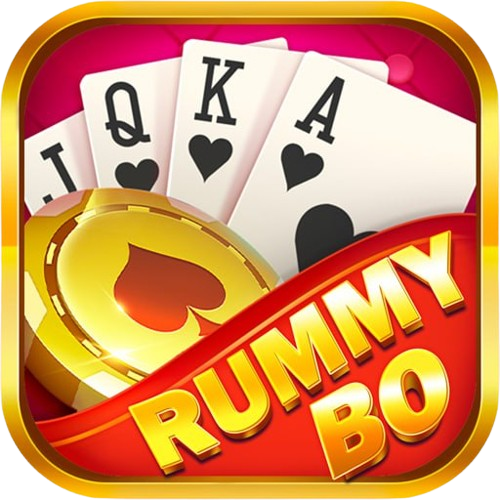Rummy, one of the most beloved card games worldwide, has a rich history that spans several centuries and cultures. Understanding the origins and evolution of rummy provides a deeper appreciation for the game and its enduring appeal.
Origins of Rummy
Early Beginnings: The exact origins of rummy are debated, but it is generally believed to have evolved from ancient card games played in Asia and Europe. Some historians trace its roots to a Mexican game called Conquian, which dates back to the early 19th century.
Chinese Influence: Another theory suggests that rummy is derived from Mahjong, a Chinese tile-based game that involves forming sets and sequences. The similarities in gameplay mechanics support this connection.
European Connection: In Europe, games like Whist and Piquet influenced the development of rummy. These games involved strategic melding of cards, a key aspect of rummy.
Evolution of Rummy
Early 20th Century: By the early 1900s, rummy had gained popularity in the United States and Europe. The game’s simplicity and engaging gameplay made it a favorite pastime.
Rummy Variants: As rummy spread, various regional variants emerged. Notable versions include Gin Rummy, Canasta, and Indian Rummy. Each variant introduced unique rules and strategies, enriching the game’s diversity.
Modern Era: The advent of digital technology brought rummy to a broader audience. Online rummy platforms allow players from around the world to connect and compete, further popularizing the game.
Popular Rummy Variants
Gin Rummy: Originating in the early 20th century, Gin Rummy is a two-player variant that emphasizes quick play and strategic melding. Players aim to form sets and runs while minimizing deadwood (unmatched cards).
Canasta: Developed in Uruguay in the 1930s, Canasta is a team-based variant that became extremely popular in the United States. It involves melding sets of seven cards and using wild cards strategically.
Indian Rummy: A widely played variant in India, Indian Rummy is typically played with 13 cards and involves forming valid sets and sequences. The game often includes the use of jokers and follows specific melding rules.
Impact on Culture and Society
Social Gatherings: Rummy has been a staple at social gatherings, family events, and festivals. It provides a platform for interaction, entertainment, and bonding.
Cultural Adaptation: Different cultures have adapted rummy to reflect their traditions and preferences. This adaptability has helped the game maintain its relevance and popularity across generations.
Competitive Scene: Rummy tournaments, both offline and online, have created a competitive scene where players can test their skills and win prizes. These events contribute to the game’s dynamic and vibrant community.
Conclusion
The history of rummy is a testament to its enduring appeal and adaptability. From its ancient origins to its modern digital incarnation, rummy has captivated players with its blend of skill, strategy, and social interaction. By understanding the game’s rich history, players can appreciate its cultural significance and enjoy the timeless pleasure of rummy. Whether played with friends, family, or online opponents, rummy continues to be a beloved card game that brings people together and challenges their minds.

